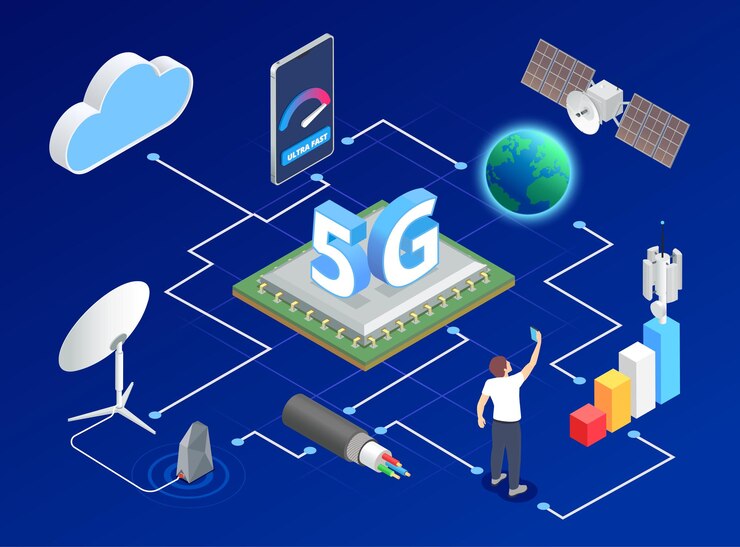The advent of 5G technology has ushered in a new era of connectivity, promising unprecedented speeds, low latency, and massive device connectivity. At the heart of this revolution lies the 5G Core network, a fundamental component that underpins the delivery of advanced 5G services.
Understanding 5G Core
5G Core, also known as the 5G Control Plane, is a collection of network functions that manage the control and data planes of a 5G network. It serves as the central intelligence of the network, orchestrating communication between devices and applications. Unlike its predecessors, 5G Core is designed to be highly flexible, scalable, and capable of supporting a diverse range of services.
Key Components of 5G Core
User Plane Function (UPF): The UPF handles data forwarding and packet processing between devices and applications. It is responsible for enforcing network policies and ensuring Quality of Service (QoS).
Control Plane Function (CPF): The CPF manages the control signaling between devices and the network. It handles tasks such as authentication, authorization, and resource allocation.
Network Slice Manager (NSM): The NSM enables the creation and management of network slices, which are isolated virtual networks tailored to specific use cases. This allows for efficient resource allocation and service differentiation.
Service Exposure Function (SEF): The SEF acts as a gateway between the 5Gcore Solution and external services, such as cloud-based applications. It enables seamless integration and interoperability.
Data Network Control Function (DNCF): The DNCF manages the data network infrastructure, including radio access networks (RANs) and core networks. It ensures optimal performance and resource utilization.
Benefits of 5G Core
Enhanced Connectivity: 5G Core provides ultra-reliable low-latency communication (URLLC), enabling critical applications such as autonomous vehicles and remote surgery.
Massive IoT Support: The architecture of 5G Core is designed to handle a massive number of connected devices, making it ideal for IoT applications.
Network Slicing: 5G Core allows for the creation of customized network slices, enabling service providers to offer tailored solutions for different industries and use cases.
Network Automation: 5G Core leverages automation and artificial intelligence to improve network efficiency, reduce operational costs, and accelerate service deployment.
5G Core and Digital Transformation
The 5G Core network plays a crucial role in driving digital transformation across various industries. Here are some key examples:
Smart Cities: 5G Core enables the deployment of intelligent infrastructure, such as smart traffic management systems, smart grids, and public safety applications.
Healthcare: 5G Core supports remote healthcare services, telemedicine, and real-time monitoring of patient data.
Manufacturing: 5G Core enables the development of smart factories, with applications such as automated production lines, predictive maintenance, and remote operations.
Entertainment: 5G Core provides the foundation for immersive experiences, including augmented reality (AR), virtual reality (VR), and high-definition streaming.
In conclusion, the 5G Core network is a fundamental building block of the 5G ecosystem. Its capabilities and flexibility make it a powerful enabler of digital transformation, opening up new opportunities for businesses, industries, and society as a whole. As 5G technology continues to evolve, the 5G Core will play an increasingly important role in shaping the future of connectivity.



